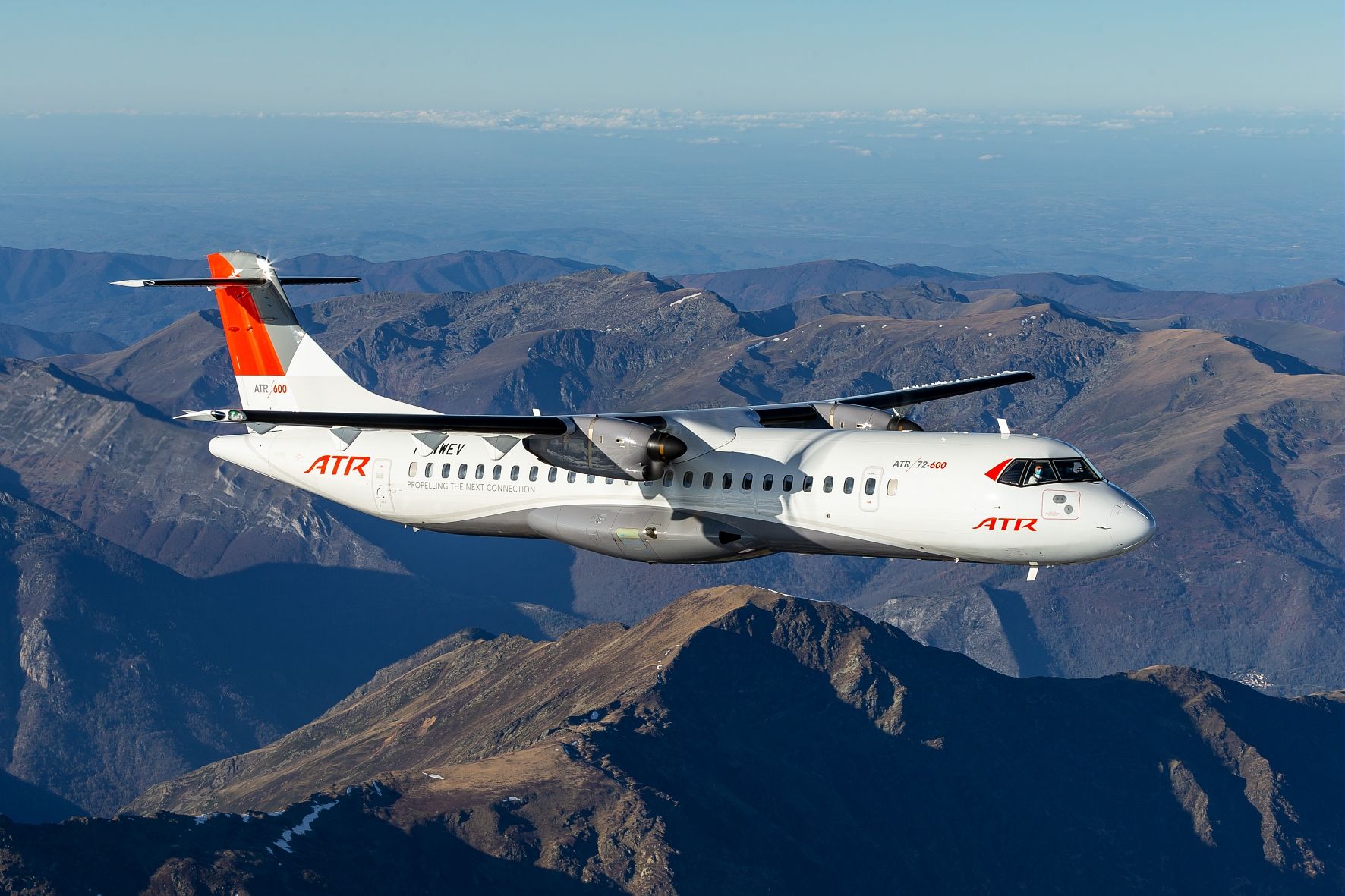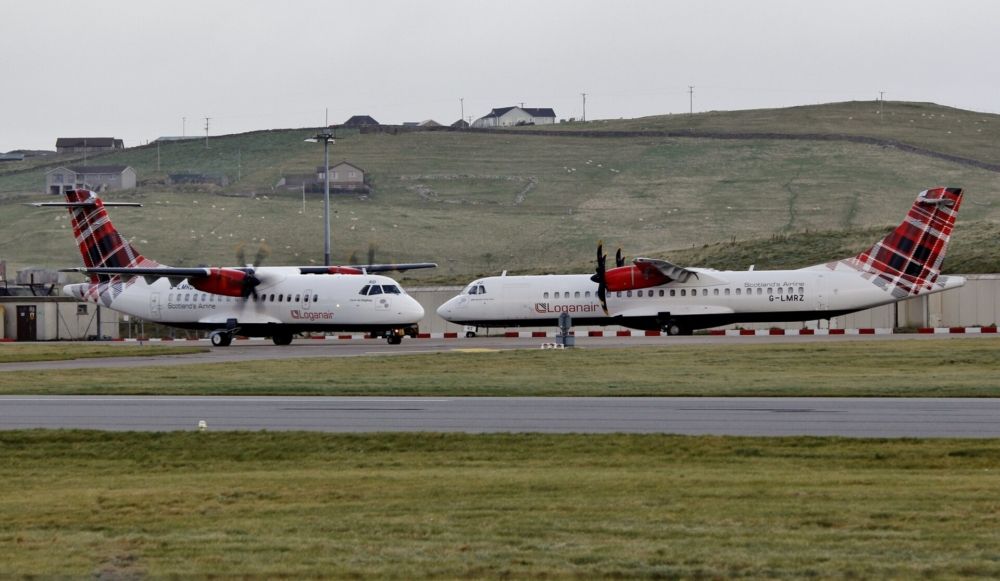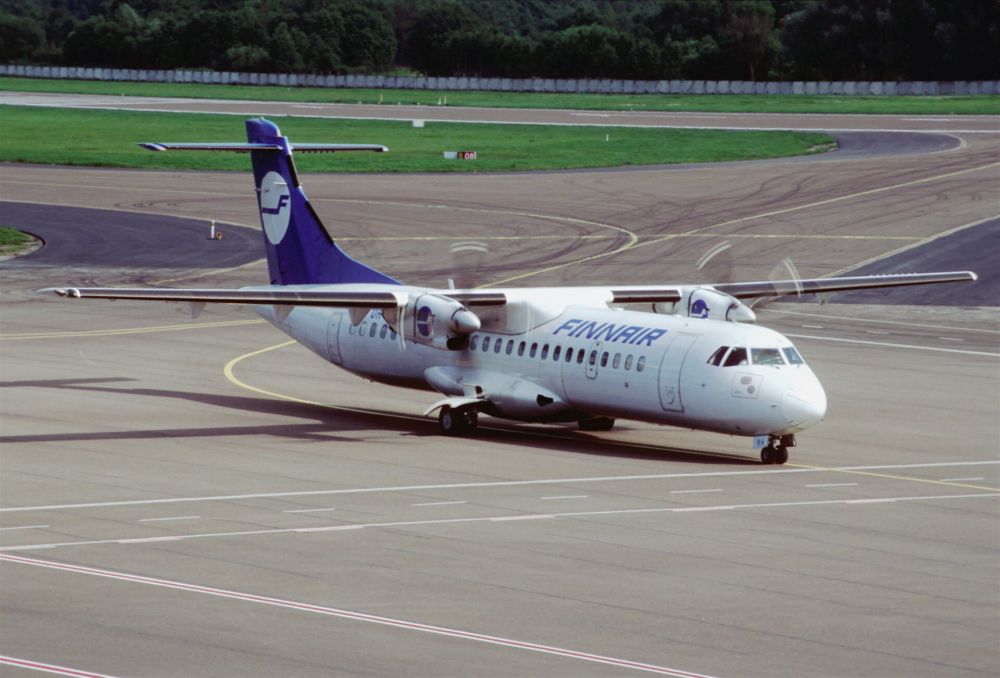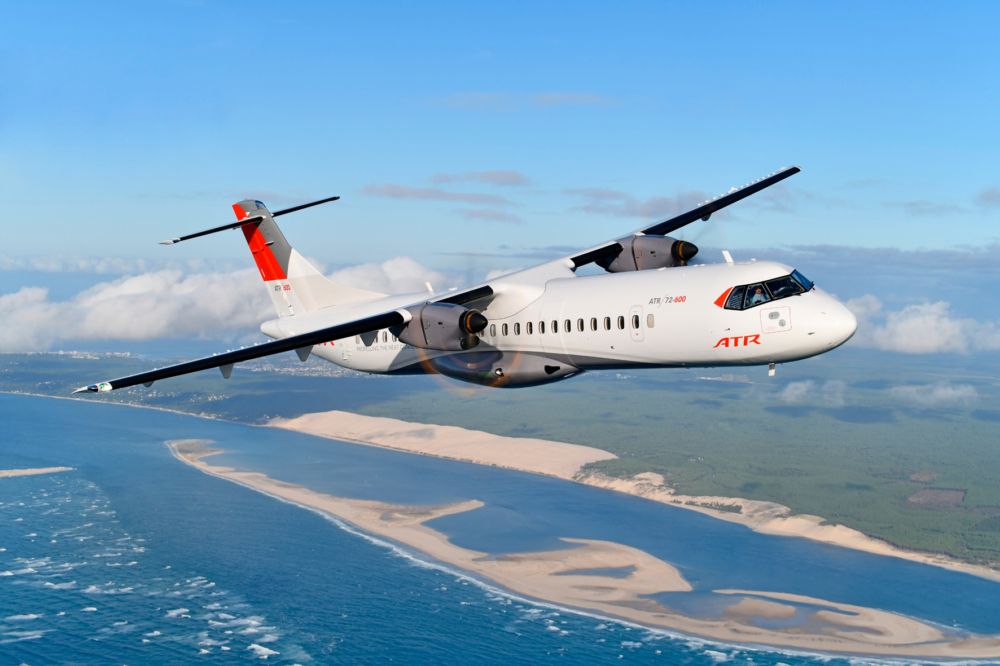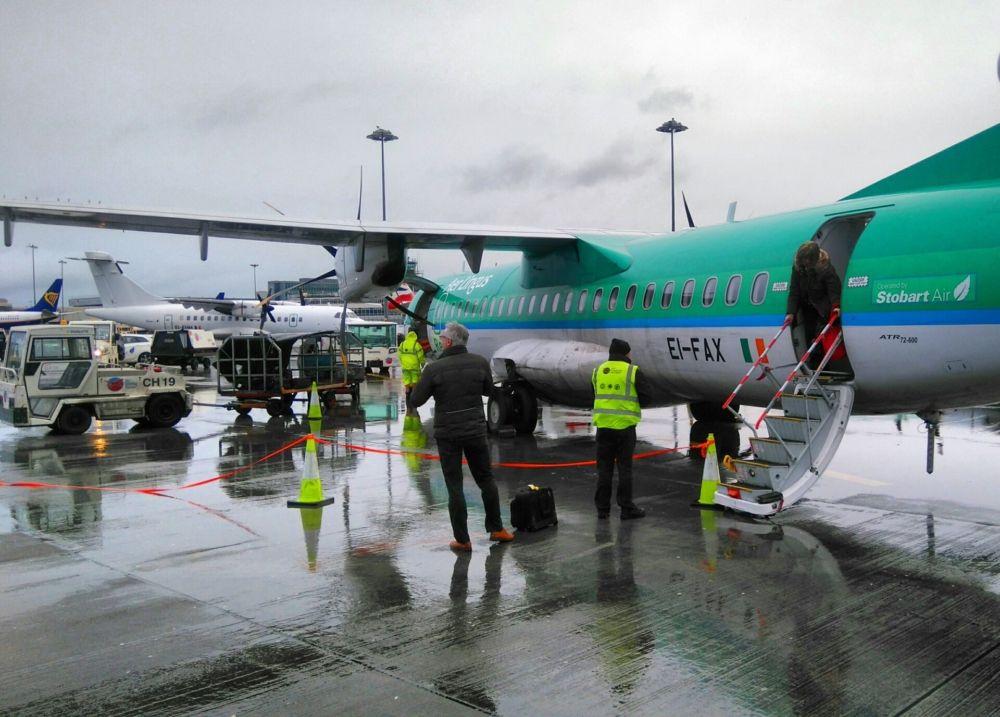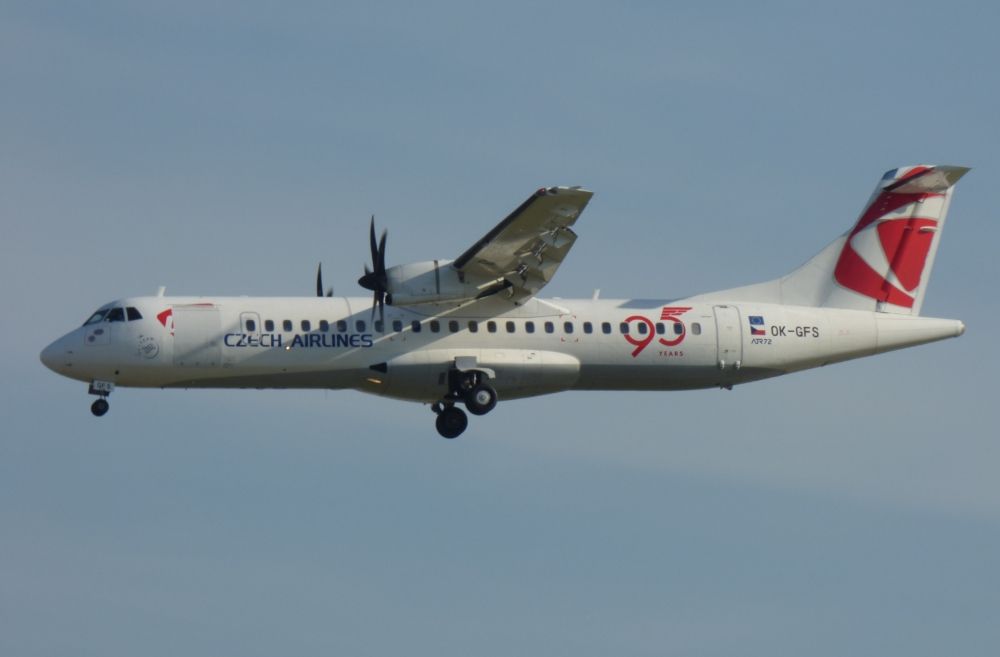Today marks 33 years since the first flight of the ATR 72. Although it entered production after the smaller ATR 42, it has actually outsold the type more than twice over. Let's take a look back at the development and operational history of this popular regional turboprop.
Developed from the ATR 42
While it has been 33 years since the ATR 72 took to the skies, its story dates back four years further. This is because the type is a direct development of the smaller ATR 42, which made its inaugural test flight in 1984. This French-Italian turboprop design was the result of a joint venture between Aérospatiale and Aeritalia that created ATR as a company.
Although the ATR 42 performed well in its niche (the sub-50 seat market), ATR recognized the need to go larger as the 1980s wore on. This prompted it to consider stretching the plane to raise its capacity from 48 to 78 seats. The wingspan would also be widened, with these factors being accompanied by increases in engine power and fuel capacity.
Therefore, in January 1986, the company announced that it would be launching a stretched program, with the resulting aircraft designated as the ATR 72. Interestingly enough, this came just a month after the original ATR 42 entered service with Air Littoral.
Get your boarding pass to the flight of the year. The Future Flying Forum is taking off soon!
A double anniversary
ATR was able to develop and test its new stretched aircraft relatively quickly, given that it had a high degree of commonality with the existing ATR 42. As such, by 1988, the first example of the larger regional turboprop was ready to take to the skies. It did so 33 years ago today, on October 27th that year, receiving its airworthiness certification 11 months later.
Having been deemed to be airworthy by the French Civil Aviation Authority in September 1989, ATR wasted no time putting the type into service. This resulted in a double celebration the following month, as Finnair introduced the ATR 72 on October 27th, 1989. This was, of course, the first anniversary of the type's maiden test flight, and 32 years ago today.
Several different variants
According to data from ch-aviation.com, ATR has produced more than 1,200 72 series aircraft in the 33 years since the type's first flight. Naturally, this has led to considerable diversity within the series, resulting in several different variants of the popular turboprop. For example, early aircraft from the ATR 72-200 series had four-blade propellers.
Meanwhile, the propellers used on later iterations such as the -500 and -600 sport six blades. ATR also produced a modified version of the -200 series known as the 72-210. This version's Pratt & Whitney Canada PW127 engines offered greater power, and, thus, greater performance levels, in 'hot and high' conditions than the -200's PW124B turboprops.
As the 20th century drew to a close, ATR received certification for the 72-500 in January 1997. This aircraft, officially designated as the 72-212A, also benefits from Pratt & Whitney Canada's more powerful PW127 engines, as well as greater automation levels.
More recently, ATR has continued its development of the type in the form of the modern 72-600 variant. Its PW127M engines have the capability to deploy a 5% boost in power when takeoff conditions demand it. Pilots of the -600have the advantage of a five-LCD screen cockpit, which provides more information in a clearer manner than previous EFIS setups.
Performance and specifications
But how exactly does the ATR 72 stack up when it comes to its performance figures? We shall now examine the key numbers for the latest -600 version. It is worth noting, to begin with, that this variant can seat up to 78 passengers instead of the previous 74-seat maximum. This is thanks to the EASA's 2015 approval of a new high-density layout for the type.
Starting with the ATR 72-600's dimensions, the aircraft is 27.17 meters long, with an almost identical wingspan of 27.05 meters. These wings have an area of 61 square meters. Its cabin is 2.57 meters wide at its broadest point, and the plane is 7.65 meters tall.
As far as performance is concerned, the ATR 72-600 has a 1,528 km (825 NM) range, based on a 70-passenger load. It cruises at 510 km/h (280 knots), and has a service ceiling of 25,000 feet. When operating at its maximum takeoff weight (MTOW) of 23,000 kg, the ATR 72-600 typically demands 1,367 meters of runway to take off, making it ideal for small airports.
As far as sales are concerned, the ATR 72 has also been hit. As we established, ATR has produced more than 1,200 examples across all variants to date, and is yet to end its production cycle. Meanwhile, the smaller ATR 42 was unable to reach the 500-unit mark.
Still widely used today
After more than three decades of service, the ATR 72 remains a widely used aircraft even today. Data from ch-aviation shows that, of the 1,252 examples produced to date, more than half are currently active. Of these 667 turboprops, the oldest is EC-JXF. Clocking in at 32.76 years of age, this Swiftair ATR72-200F is an ex-Air Nostrum converted freighter.
At the other end of the scale, the youngest active example listed by ch-aviation is IndiGo's VT-IRA. The Indian carrier took delivery of this 78-seat ATR 72-600 just over a month ago, on September 21st, 2021. It now operates 33 of these aircraft, with an average age of just 2.6 years old. They are certainly here to stay, with another 20 also on order at IndiGo.
In terms of aircraft usage, the ATR 72 that has accumulated the most flight cycles is OY-RUR. This 32.34-year-old ATR 72-200 has been flying for DAT since November 2019. Meanwhile, in terms of hours, the busiest ATR 72-200 by this metric is Air Thanlwin's XY-AIM, with 49,993. With the type still in production, it's fair to say that we shall continue to see ATR 72 series planes racking up impressive figures like these for many years to come.
What do you make of the ATR 72? Have you ever flown on one of these French-Italian turboprop airliners? Let us know your thoughts and experiences in the comments.

